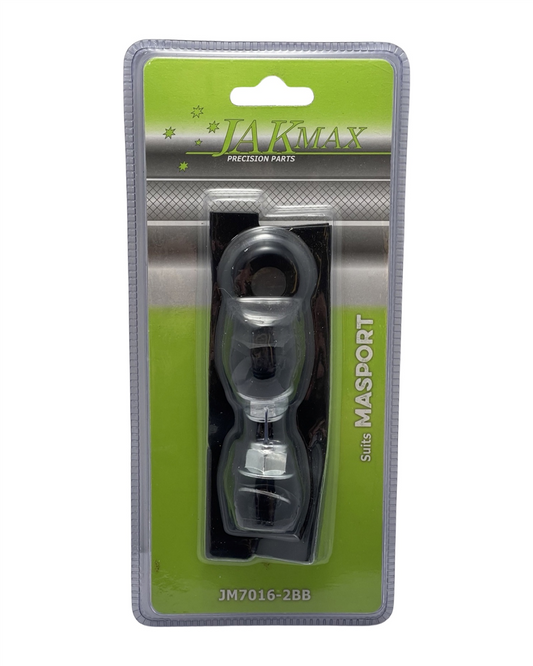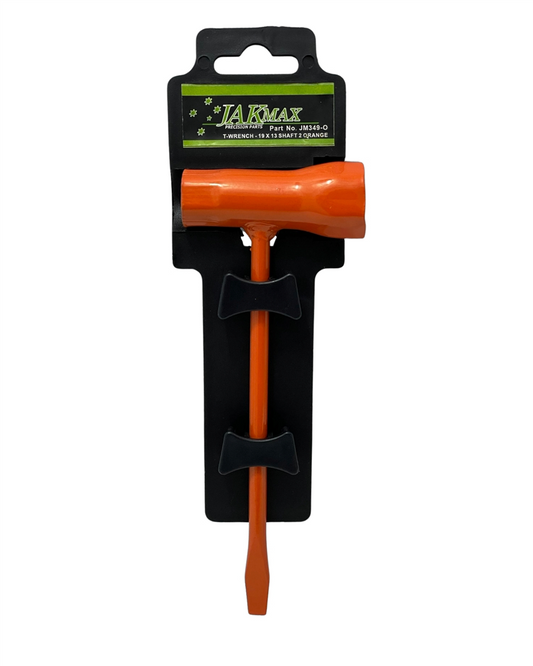The Fastest Way to Install a Sprinkler System Without Professional Help
Share
DIY Sprinkler Installation: A Quick and Easy Guide for Beginners
Picture this—you step out into your backyard on a hot summer afternoon, feeling the sun on your skin and admiring the lush green grass. But wait! The lawn is looking a little thirsty, and watering by hand feels like a never-ending battle. That’s where a sprinkler system comes in to save the day. If you’ve ever thought installing one was too complicated, think again. You don’t need professional help—just a little know-how, some basic tools, and a free afternoon.
Why Install a Sprinkler System Yourself?
Watering the garden manually can be time-consuming and, let’s be honest, a bit of a chore. Installing a sprinkler system means no more dragging hoses around or worrying about missing a watering session. It keeps your garden thriving while saving water by delivering an even soak right where it’s needed. Plus, doing it yourself keeps costs down.
Step-by-Step Guide to Installing Your Sprinklers
1. Plan Your Layout
Before diving in, grab a notepad and sketch your garden. Identify the areas that need watering and where sprinklers should go for full coverage. Consider placing them along paths and garden edges to avoid water pooling in the wrong spots.
2. Choose the Right Sprinkler System
It’s tempting to grab the first system you see, but not all sprinklers are created equal. A pop-up system is great for lawns, while drip irrigation works best for garden beds. Unsure what suits your space? Drop by the garden centre for advice tailored to your yard.
3. Gather Your Tools and Materials
Before you start, make sure you have:
- Poly pipe and fittings (to carry water to the sprinklers)
- Sprinkler heads (pop-up or fixed)
- A tap timer (to automate watering)
- A hose connection kit
- A spade (for digging trenches)
Having everything on hand will save time and frustration once you get started.
4. Lay Out Your Pipes
Using your initial sketch as a guide, start laying the poly pipe along the ground. Secure it in place with pegs to keep it from shifting. If you need to dig trenches, aim for shallow ones—the pipe just needs to sit neatly below ground level.
5. Connect Sprinklers and Attach the System to a Water Source
Attach your sprinkler heads to the pipe fittings, ensuring they’re positioned correctly. Then, connect the system to an outdoor tap using a hose fitting. If you’re adding an automatic timer, this is the moment to set it up.
6. Test Your System
Before covering any trenches, turn on the water and check for leaks or weak spots. Adjust the sprinkler heads if needed, making sure every corner of your lawn and garden receives enough hydration.
7. Cover the Pipes and Enjoy
Once everything works smoothly, cover the pipes with soil and tidy up your garden. Set your timer to match your watering schedule, then kick back and enjoy the convenience of automated watering.
Common Mistakes to Avoid
- Skipping the planning phase – Rushing into installation without a layout can lead to missed spots or overwatering.
- Using the wrong sprinkler heads – Not all sprinklers work the same way. Make sure yours suit your garden’s needs.
- Ignoring water pressure – High or low pressure can affect system performance, so check before installing.
- Forgetting a filter – A small filter helps prevent blockages and keeps water flowing freely.
Final Thoughts
A DIY sprinkler system is one of the easiest ways to keep your garden thriving without extra effort. With a little patience and the right tools, you’ll have an efficient watering setup running in no time. Feel free to pop into the garden centre for expert advice and everything you need to get started!
Happy gardening!
Candeece

Stay Connected
Join our gardening community on Facebook the Urban Gardener's Notebook
And follow our Store Facebook Page: Strathalbyn H Hardware on Facebook









